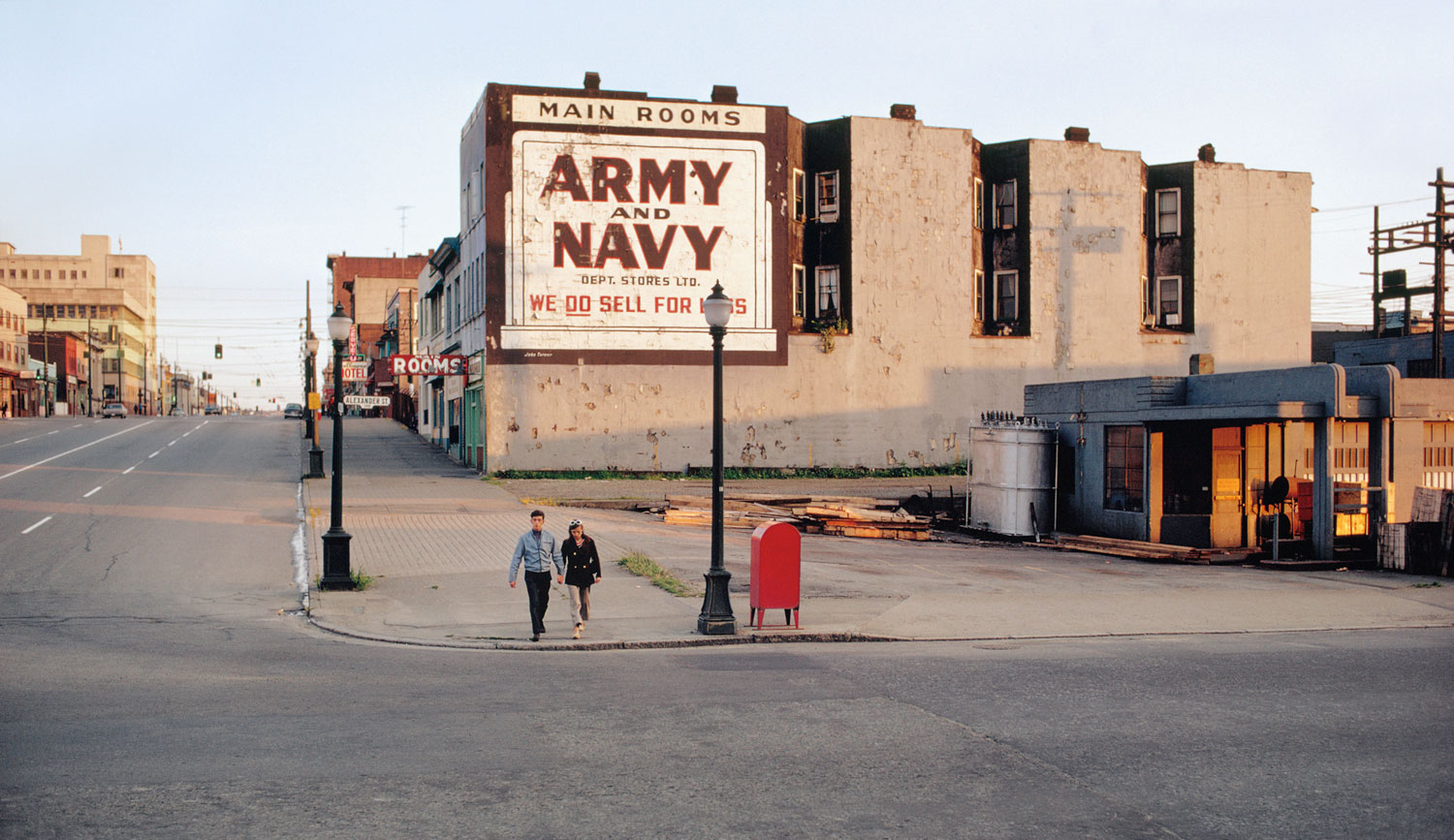
In 1953, decades before William Eggleston and Stephen Shore established color photography as a serious medium for art photography, Fred Herzog shot his first roll of color film.
His wonderful and remarkable street pictures are the subject of a new monograph called Fred Herzog Photographs, published this month by Douglas and McIntyre. The book offers deep insight into the photographer’s color work, which was made during a time when serious, documentary and fine art photography was still being shot in black-and-white. The tools were there, as Herzog says, “to make unposed photographs in color that have historical value.”
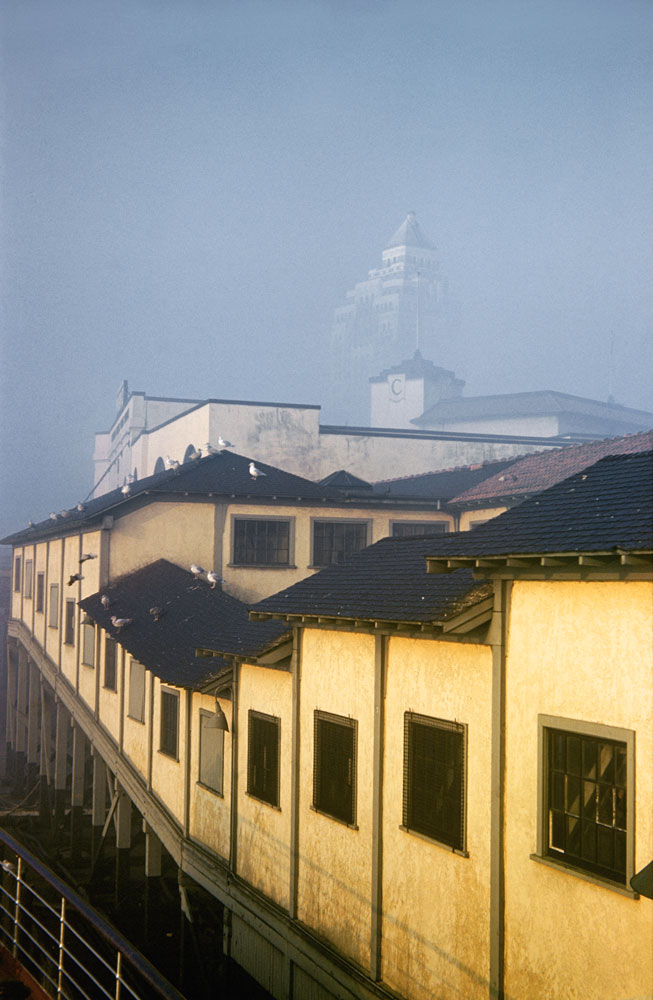
Fred Herzog was 20 years old—a late comer to photography—when he brought his first camera in 1950 and began shooting black-and-white pictures in his native Germany. Two years later, in search of work, Herzog traveled to Canada, eventually settling in Vancouver, where he still lives and works today. In 1953 on leave from his job in the shipyards, Herzog made the first of some 120,000 color photographs, on the city’s streets. The photographer treated the pictures “as a form of journalism,” using Kodachrome ISO10, a film that severely limited him technically in terms of what he could do. But Herzog was not afraid to take chances, shooting handheld even at night.
Herzog, does not claim to be the first color street photographer—for that honor, he cites his contemporary, the more lyrical New York street photographer Saul Leiter—but he was certainly among the first to produce a large volume of color images of this type. Herzog expanded street photography to encompass billboards, store windows and cars. The greater body of his images focus on the grittier aspects of Vancouver and they were a response to the culture he found in Canada. “In Germany you did not buy something secondhand—it is a social necessity to look successful,” he says. “For me it is not. Canada offered an interesting contrast. It had secondhand shops in the American idiom. I saw in the secondhand store windows the icons of Americanism in a picturesque jumble.” Herzog incorporated some of that Americanism into his work. “I showed the American dream on posters. I showed old cars, new cars, worn cars, people in cars and the decay of the car— more as a phenomenon than a social criticism,” he says, though adding that his intention was always “for his work to be ideologically neutral.”
For several decades thereafter, Herzog continued shooting the streets as a pastime—while working as a medical photographer by day—and enjoyed moderate success with his work. But it wasn’t until 2007 that his first major show went on display at the Vancouver Art Gallery. When this opportunity came, Herzog—who was by then in his late seventies—used new technologies to recover and present images that would otherwise have been forever lost. Many photos were able to be rescued through scanning and ink jet printing that restored the intended color palette. With the show, Herzog’s photographs found a wider audience and several books were published of the work. And luckily, for photography fans, the latest is the most comprehensive yet and features written essays by Douglas Coupland and fellow Vancouver-based photographer and artist Jeff Wall. “They have been very generous,” Herzong says of the Vancouver vanguard, including Wall whom Herzog now counts amongst his close friends. “I didn’t step on anyone’s toes by coming late and having success.”
Fred Herzog Photographs, was published this month by Douglas and McIntyre.
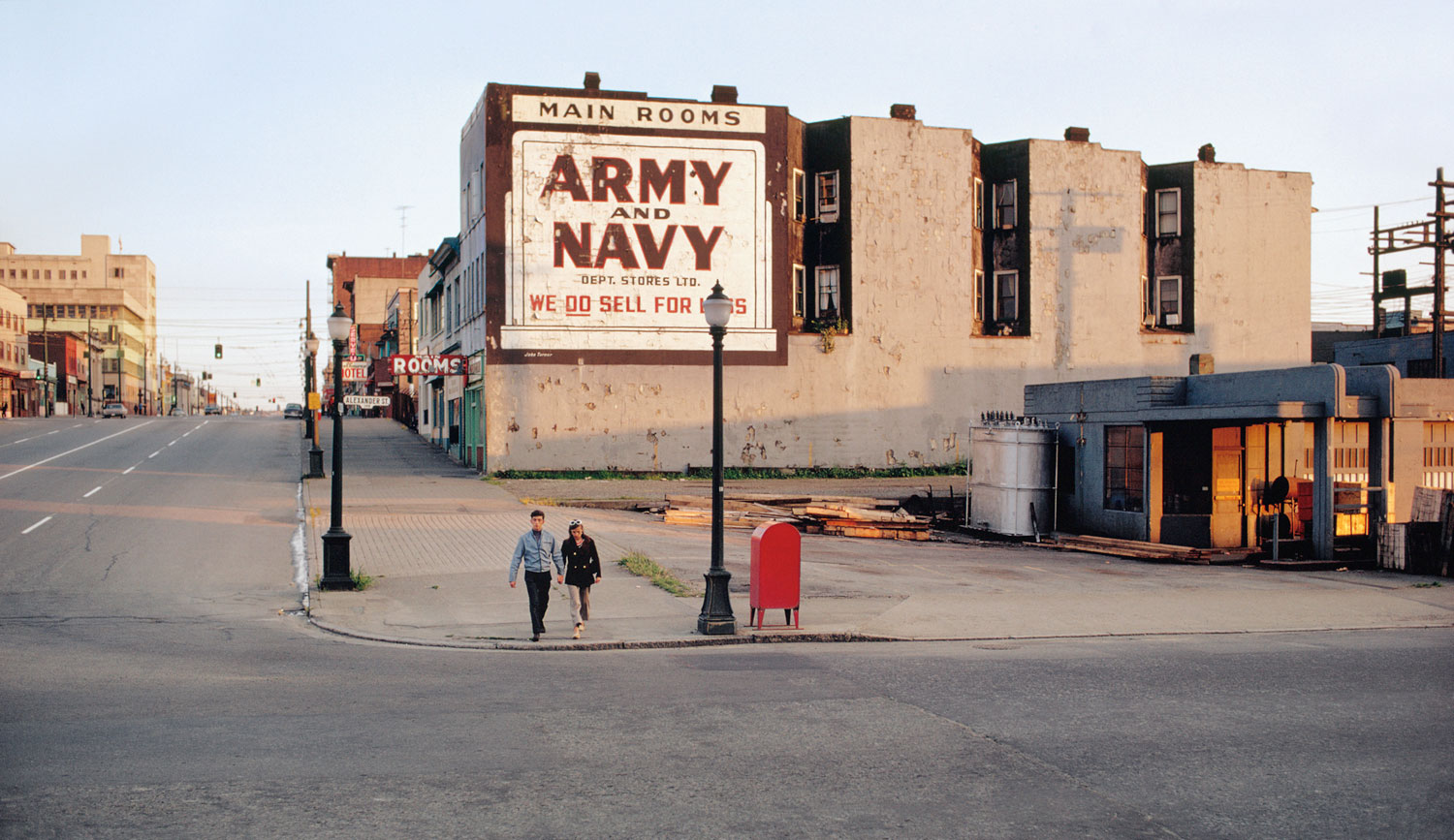

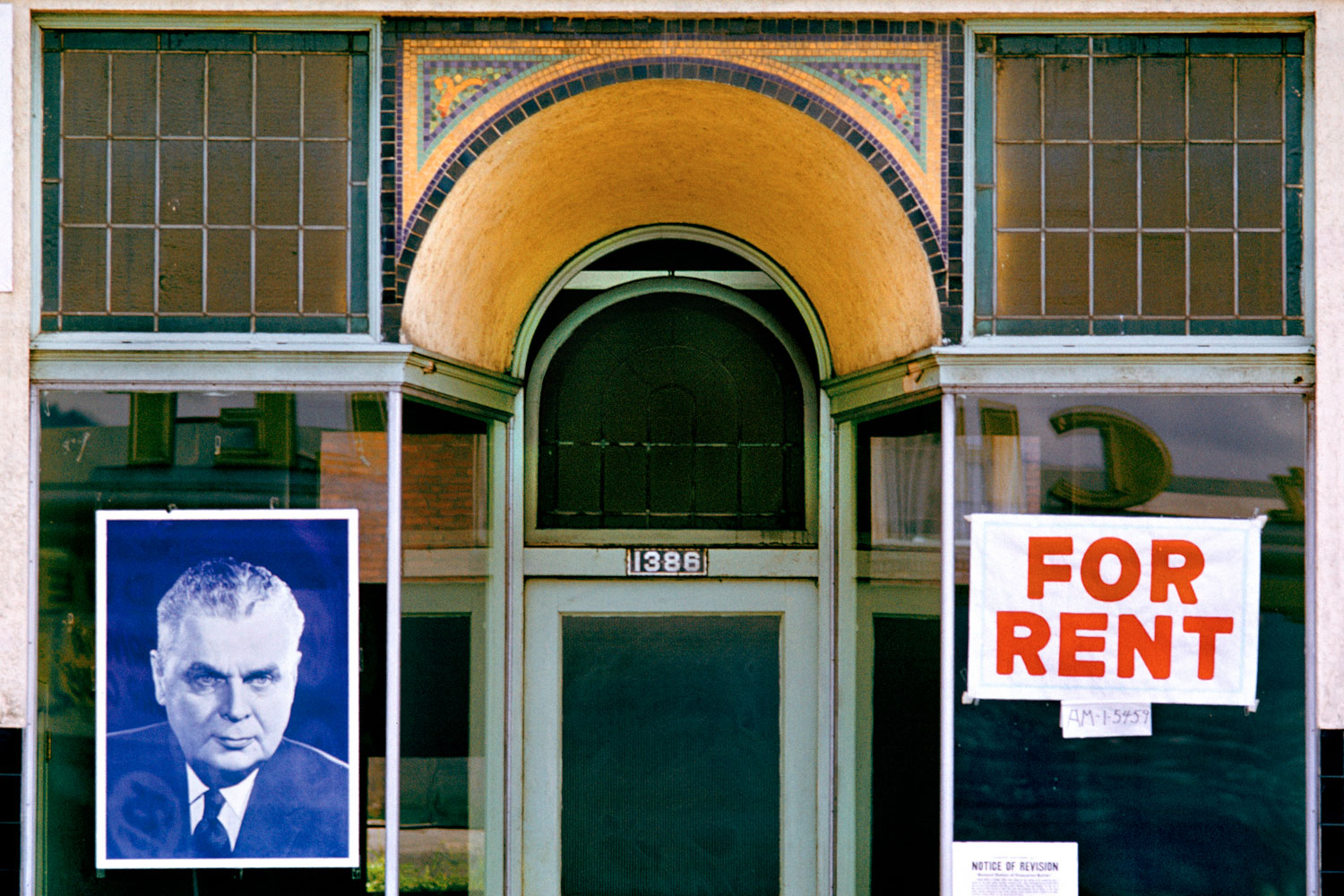

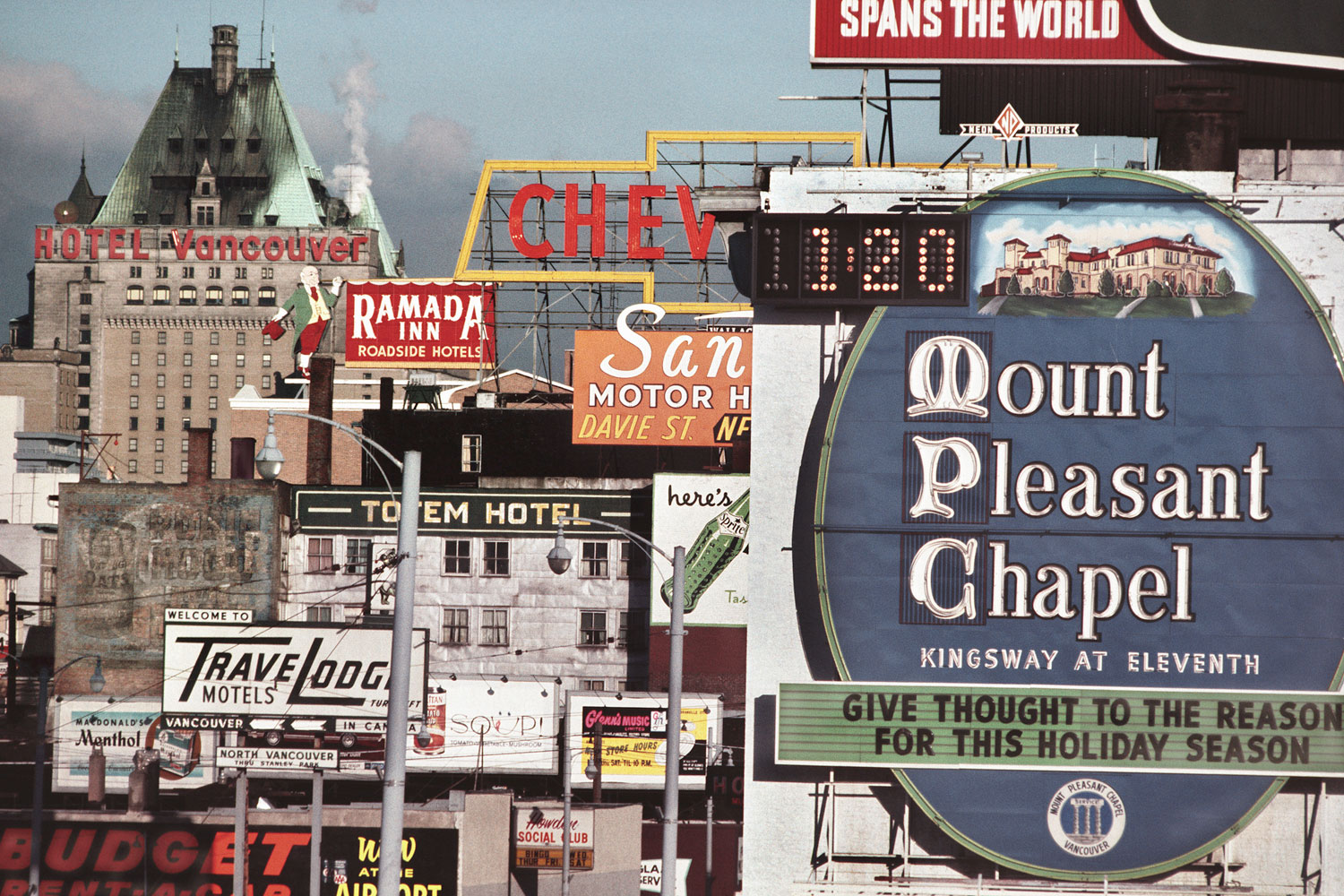

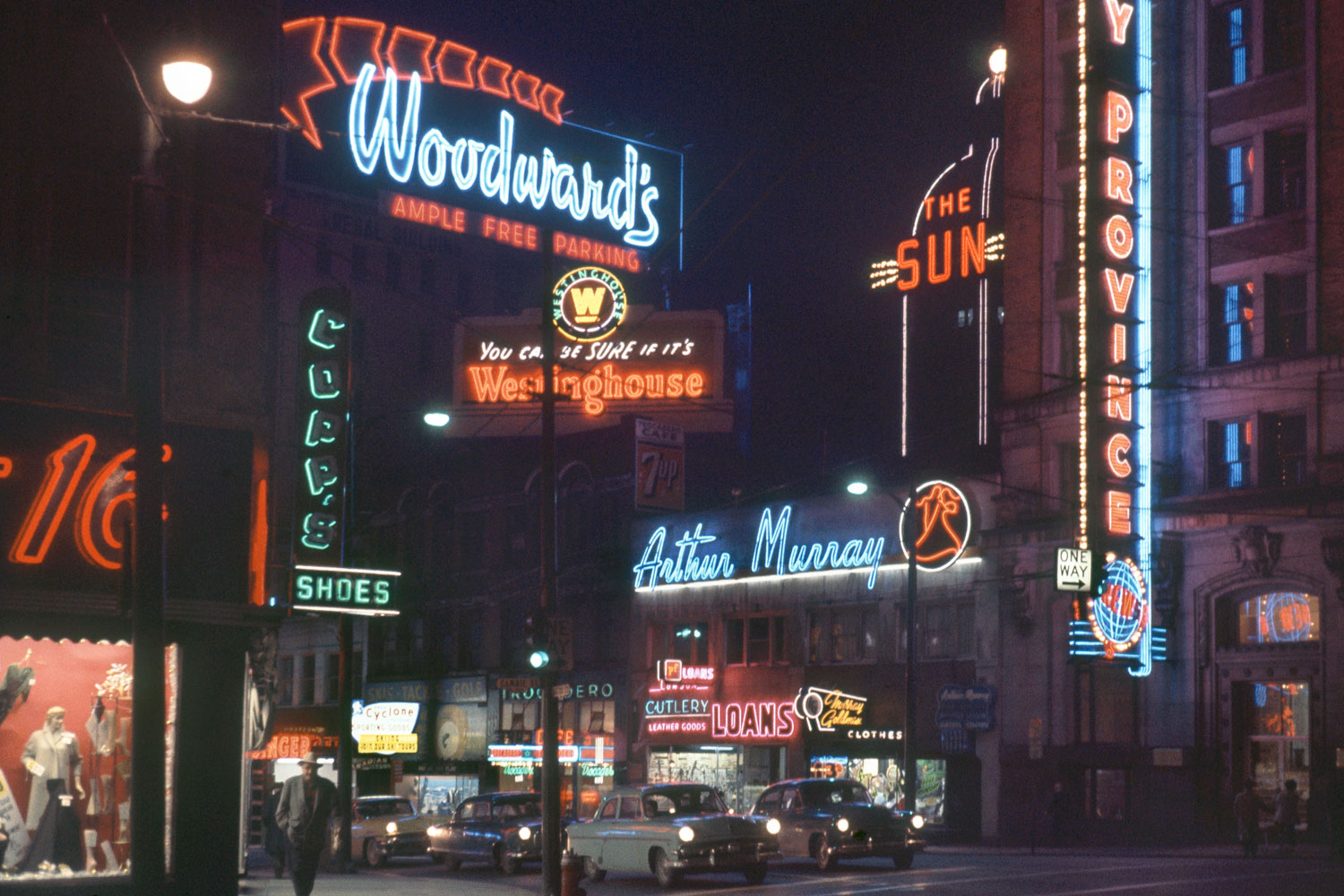




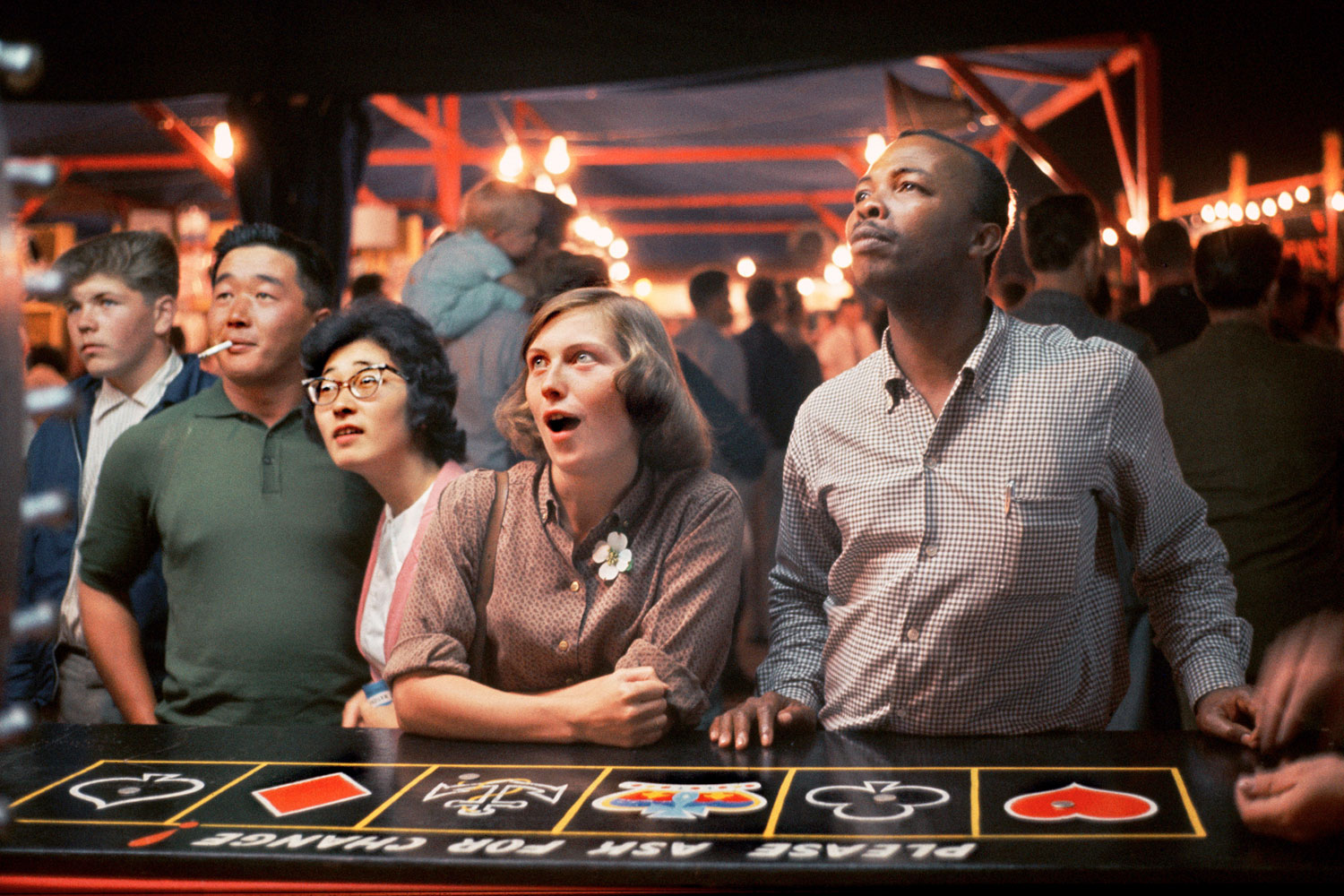
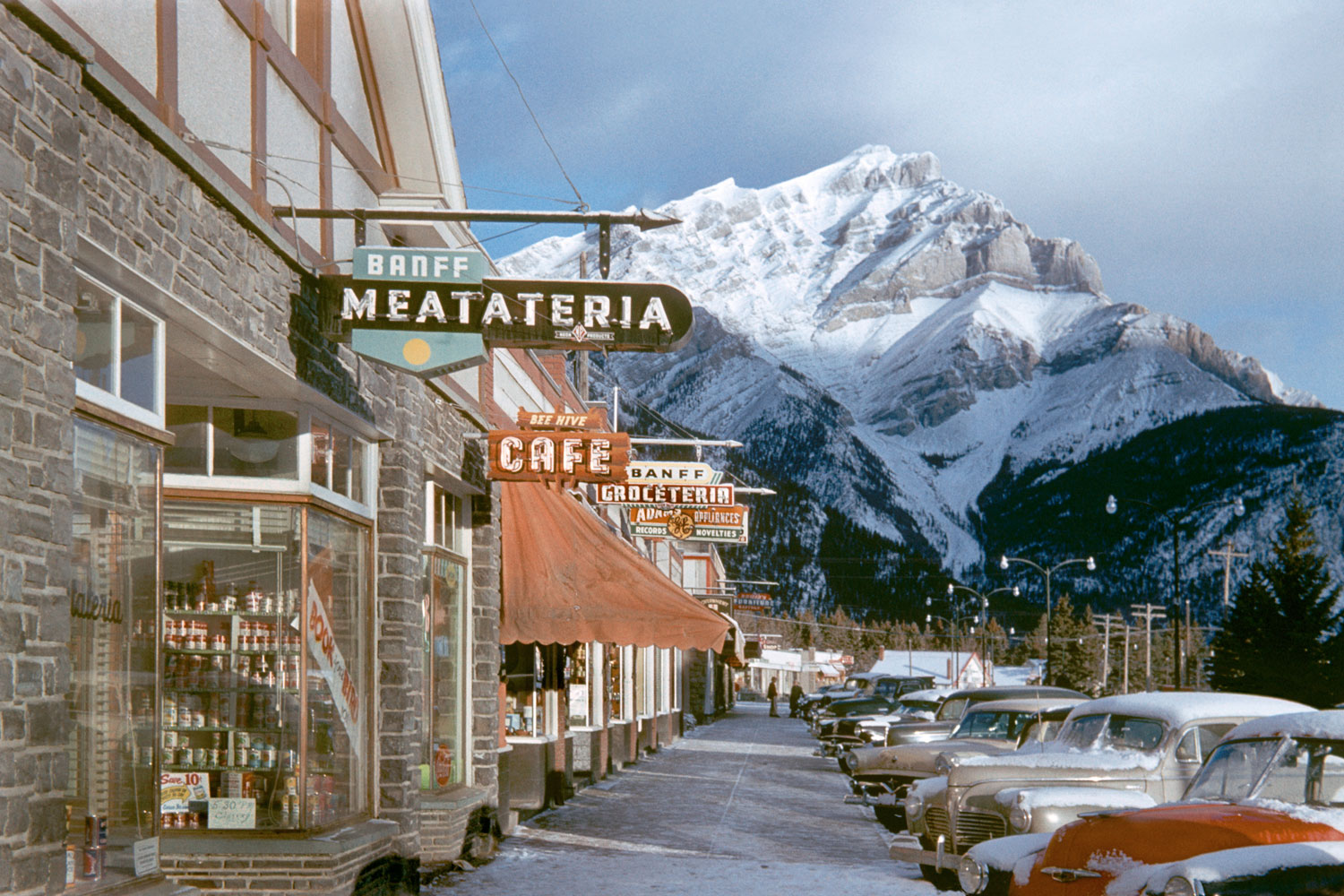
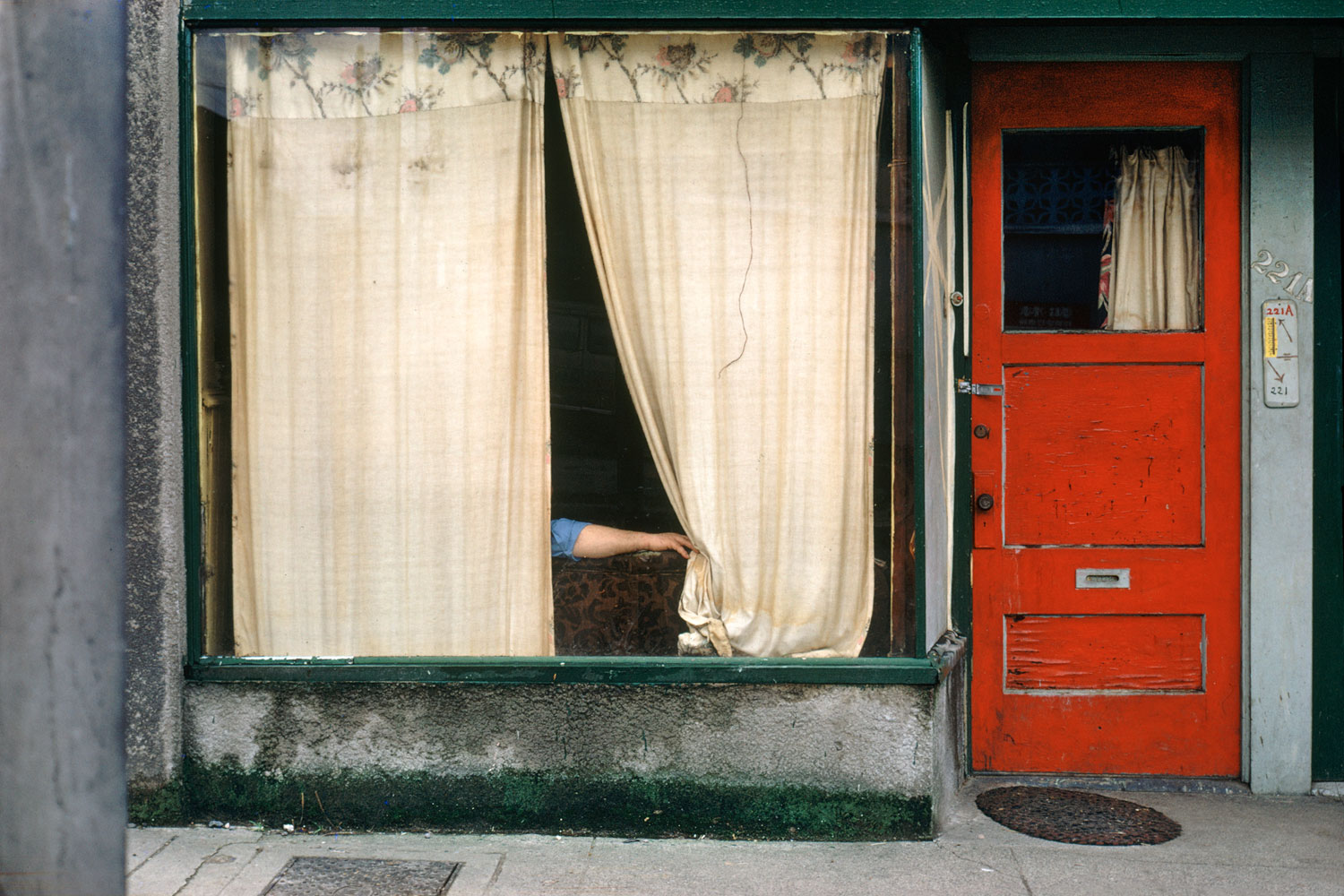
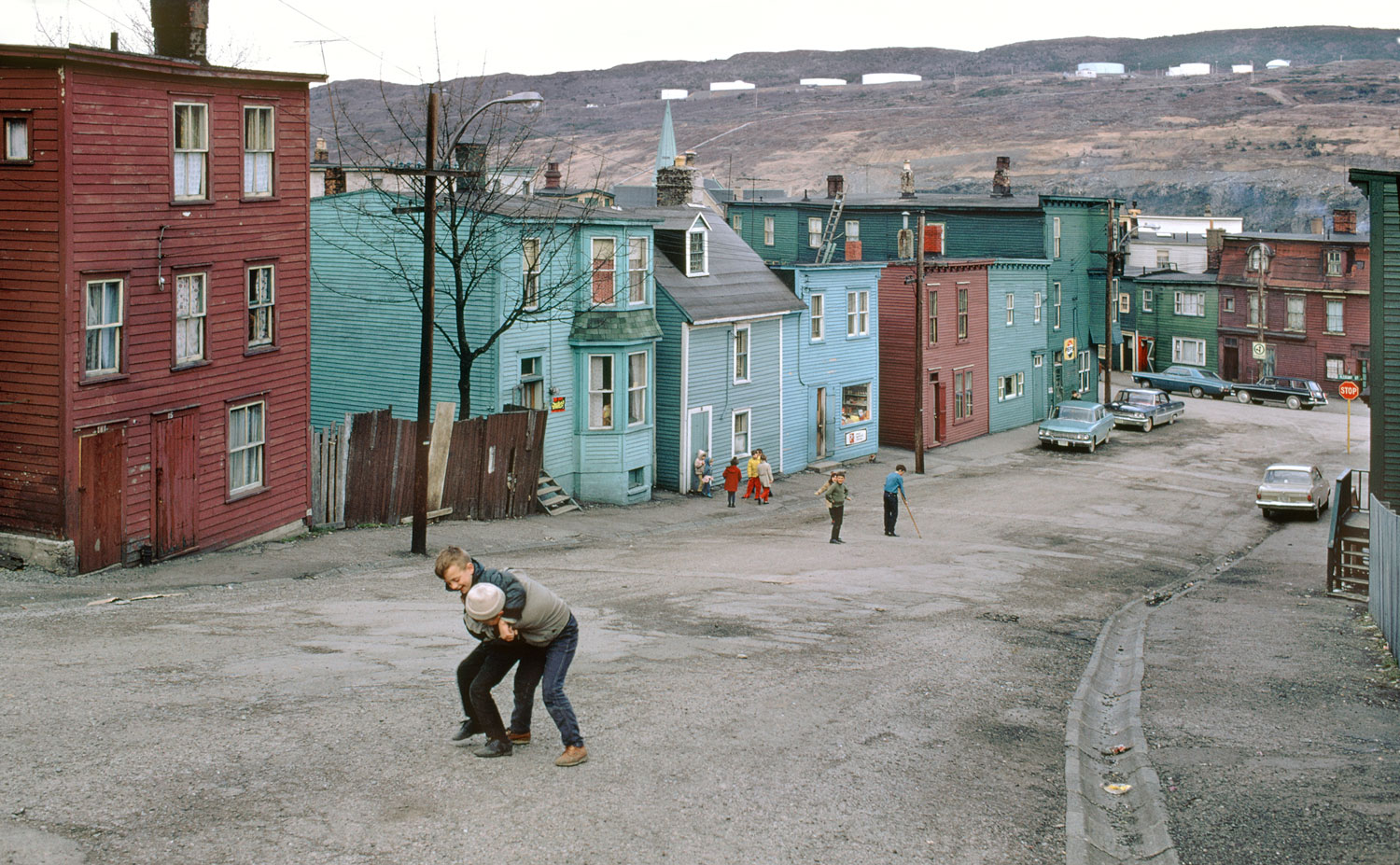

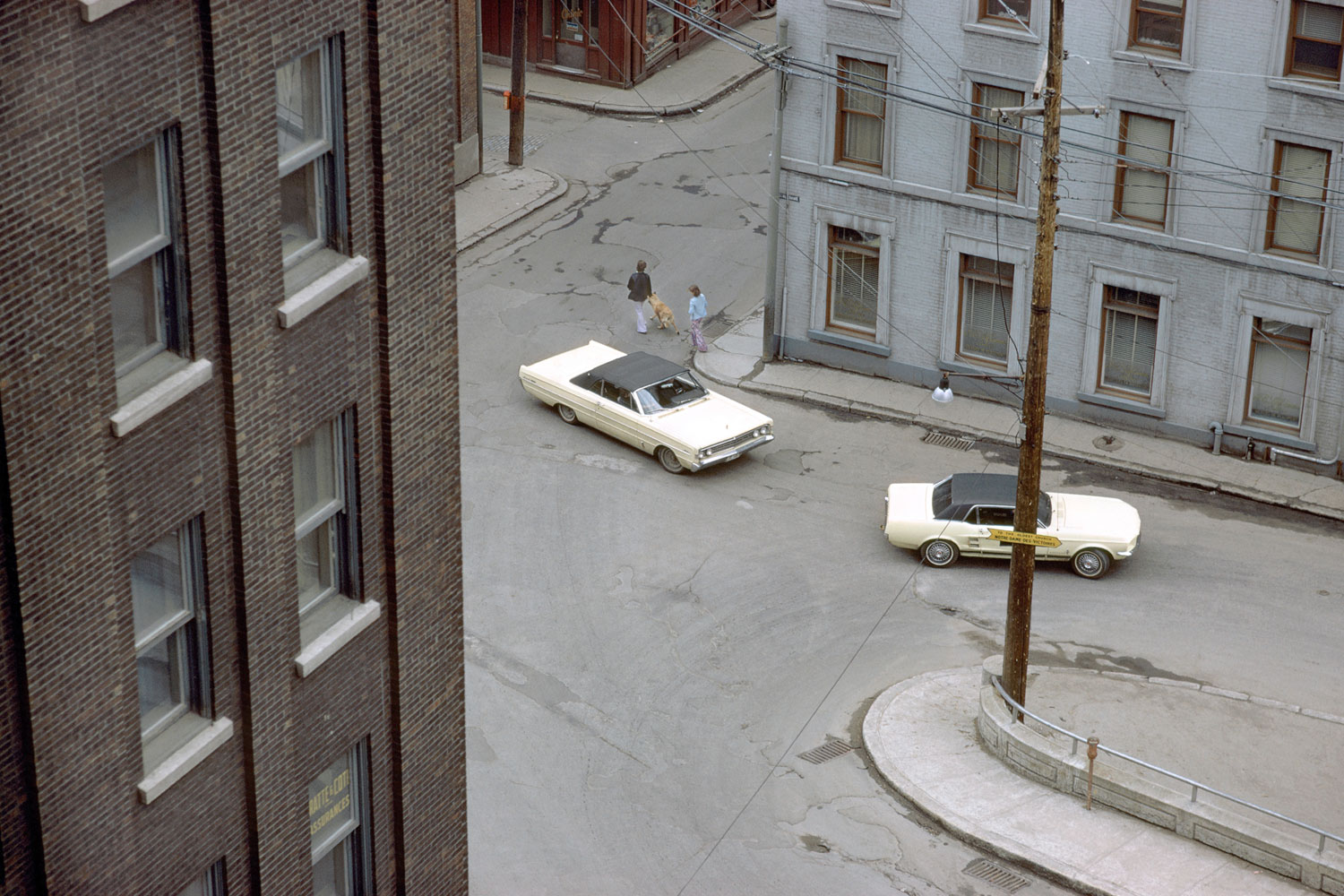

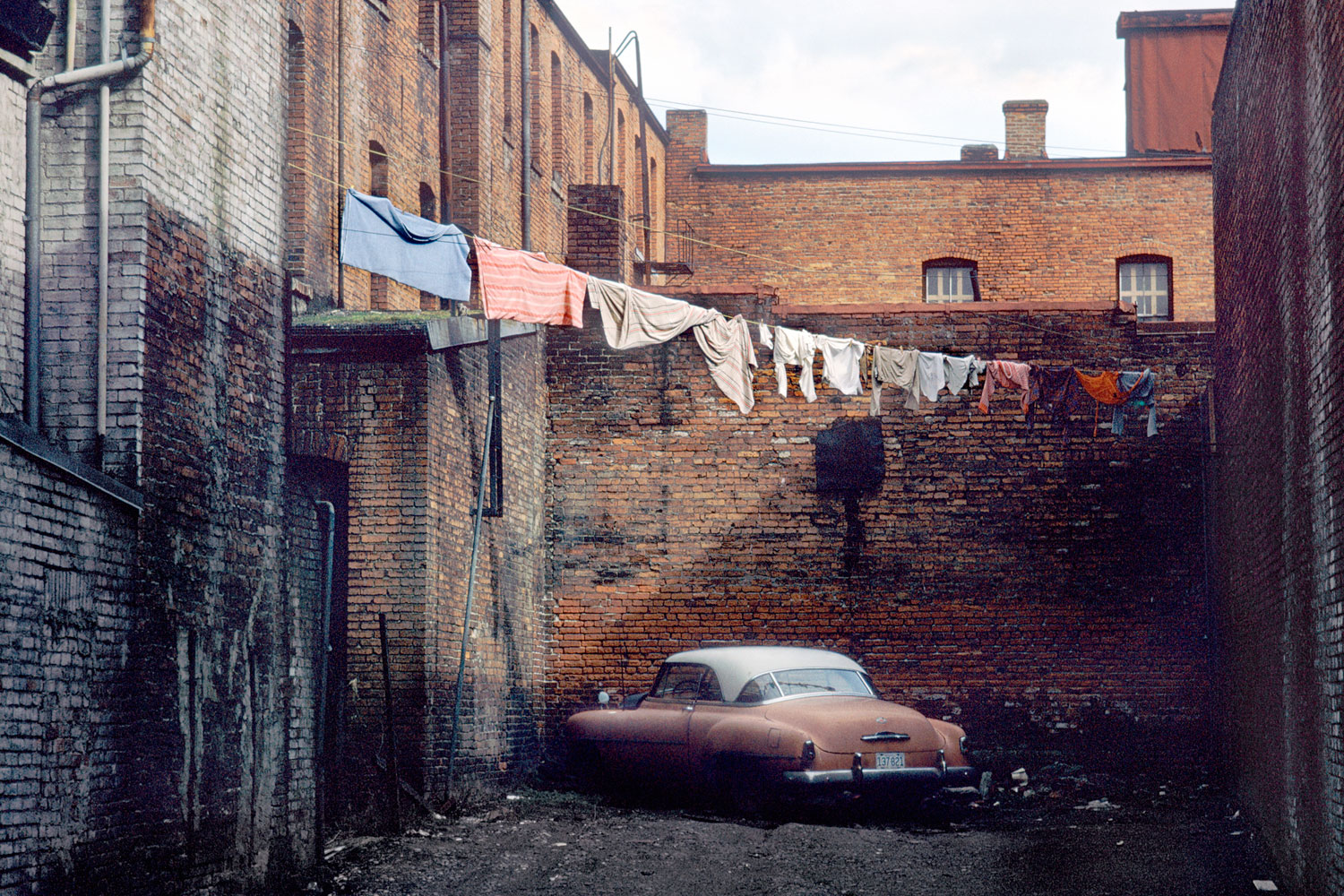

More Must-Reads from TIME
- Donald Trump Is TIME's 2024 Person of the Year
- Why We Chose Trump as Person of the Year
- Is Intermittent Fasting Good or Bad for You?
- The 100 Must-Read Books of 2024
- The 20 Best Christmas TV Episodes
- Column: If Optimism Feels Ridiculous Now, Try Hope
- The Future of Climate Action Is Trade Policy
- Merle Bombardieri Is Helping People Make the Baby Decision
Contact us at letters@time.com